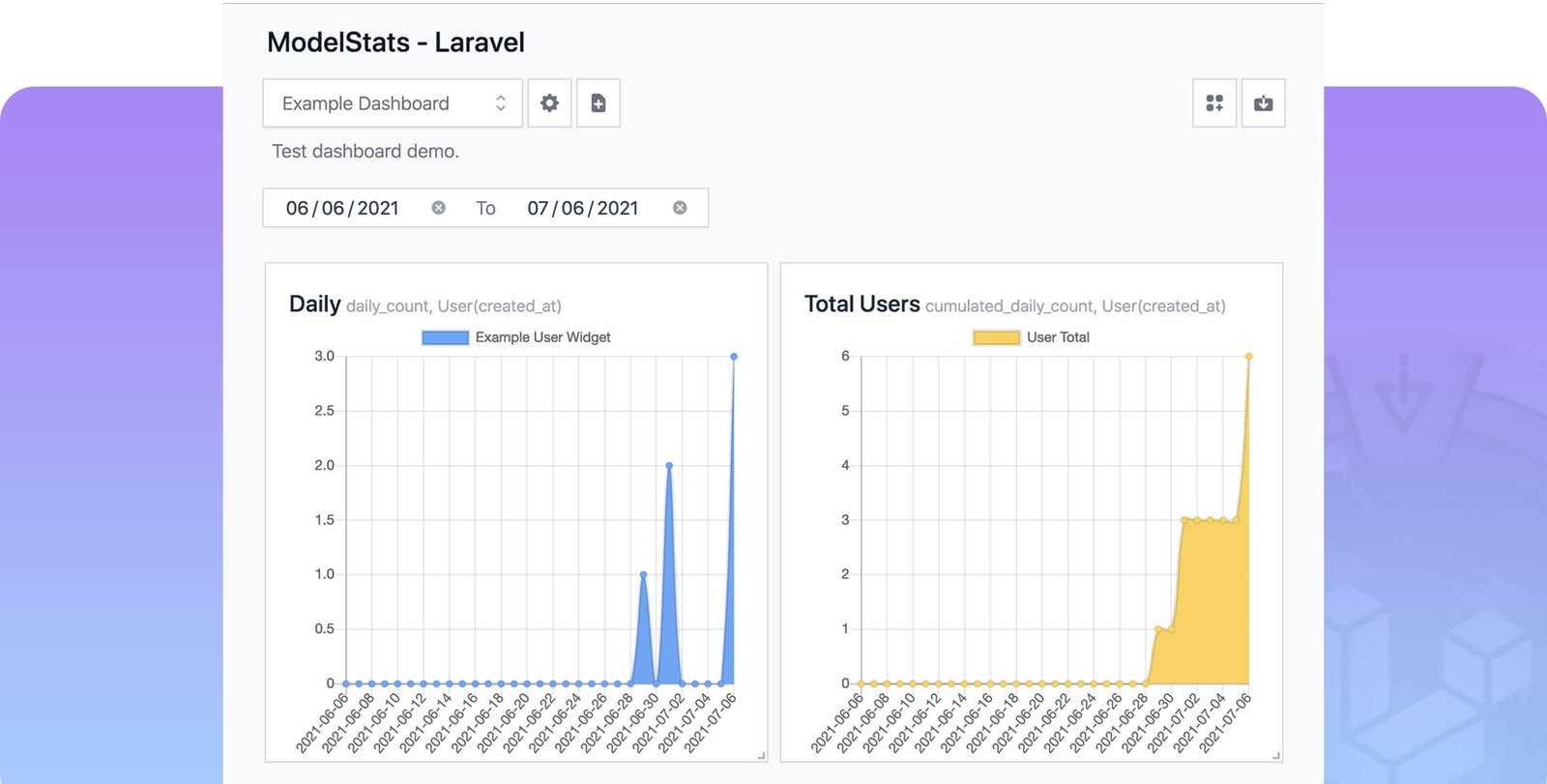LivewireUI Modal is a Livewire component that provides you with a modal that supports multiple child modals while maintaining a state.
⚡ Installation
composer require livewire-ui/modal🎯 Livewire directive
Add the Livewire directive @livewire('livewire-ui-modal') and also the Javascript @livewireUIScripts directive to your template.
<html>
<body>
<!-- content -->
@livewire('livewire-ui-modal')
@livewireUIScripts
</body>
</html>Next, you will need to publish the required scripts with the following command:
php artisan vendor:publish --tag=livewire-ui:public🥊 Alpine
Livewire UI requires Alpine. You can use the official CDN to quickly include Alpine:
<script src="https://cdn.jsdelivr.net/gh/alpinejs/[email protected]/dist/alpine.min.js" defer></script>🎨 TailwindCSS
The base modal is made with TailwindCSS. If you use a different CSS framework I recommend that you publish the modal template and change the markup to include the required classes for your CSS framework.
php artisan vendor:publish --tag=livewire-ui:viewsCreating a modal
You can run php artisan make:livewire EditUser to make the initial Livewire component. Open your component class and make sure it extends the ModalComponent class:
<?php
namespace App\Http\Livewire;
use LivewireUI\Modal\ModalComponent;
class EditUser extends ModalComponent
{
public function render()
{
return view('livewire.edit-user');
}
}Opening a modal
To open a modal you will need to emit an event. To open the EditUser modal for example:
<!-- Outside of any Livewire component -->
<button onclick="Livewire.emit('openModal', 'edit-user')">Edit User</button>
<!-- Inside existing Livewire component -->
<button wire:click="$emit('openModal', 'edit-user')">Edit User</button>Passing parameters
To open the EditUser modal for a specific user we can pass the user id (notice the single quotes):
<!-- Outside of any Livewire component -->
<button onclick='Livewire.emit("openModal", "edit-user", @json(['user' => $user->id]))'>Edit User</button>
<!-- Inside existing Livewire component -->
<button wire:click='$emit("openModal", "edit-user", @json(['user' => $user->id])'>Edit User</button>The parameters are passed to the mount method on the modal component:
<?php
namespace App\Http\Livewire;
use App\Models\User;
use LivewireUI\Modal\ModalComponent;
class EditUser extends ModalComponent
{
public User $user;
public function mount(User $user) {
$this->user = $user;
}
public function render()
{
return view('livewire.edit-user');
}
}Opening a child modal
From an existing modal you can use the exact same event and a child modal will be created:
<!-- Edit User Modal -->
<!-- Edit Form -->
<button wire:click='$emit("openModal", "delete-user", @json(['user' => $user->id])'>Delete User</button>Closing a (child) modal
If for example, a user clicks the ‘Delete’ button which will open a confirm dialog, you can cancel the deletion and return to the edit user modal by emitting the closeModal event. This will open the previous modal. If there is no previous modal the entire modal component is closed and the state will be reset.
<button wire:click="$emit('closeModal')">No, do not delete</button>You can also close a modal from within your modal component class:
<?php
namespace App\Http\Livewire;
use App\Models\User;
use LivewireUI\Modal\ModalComponent;
class EditUser extends ModalComponent
{
public User $user;
public function mount(User $user) {
$this->user = $user;
}
public function update()
{
$this->user->update($data);
$this->closeModal();
}
public function render()
{
return view('livewire.edit-user');
}
}


